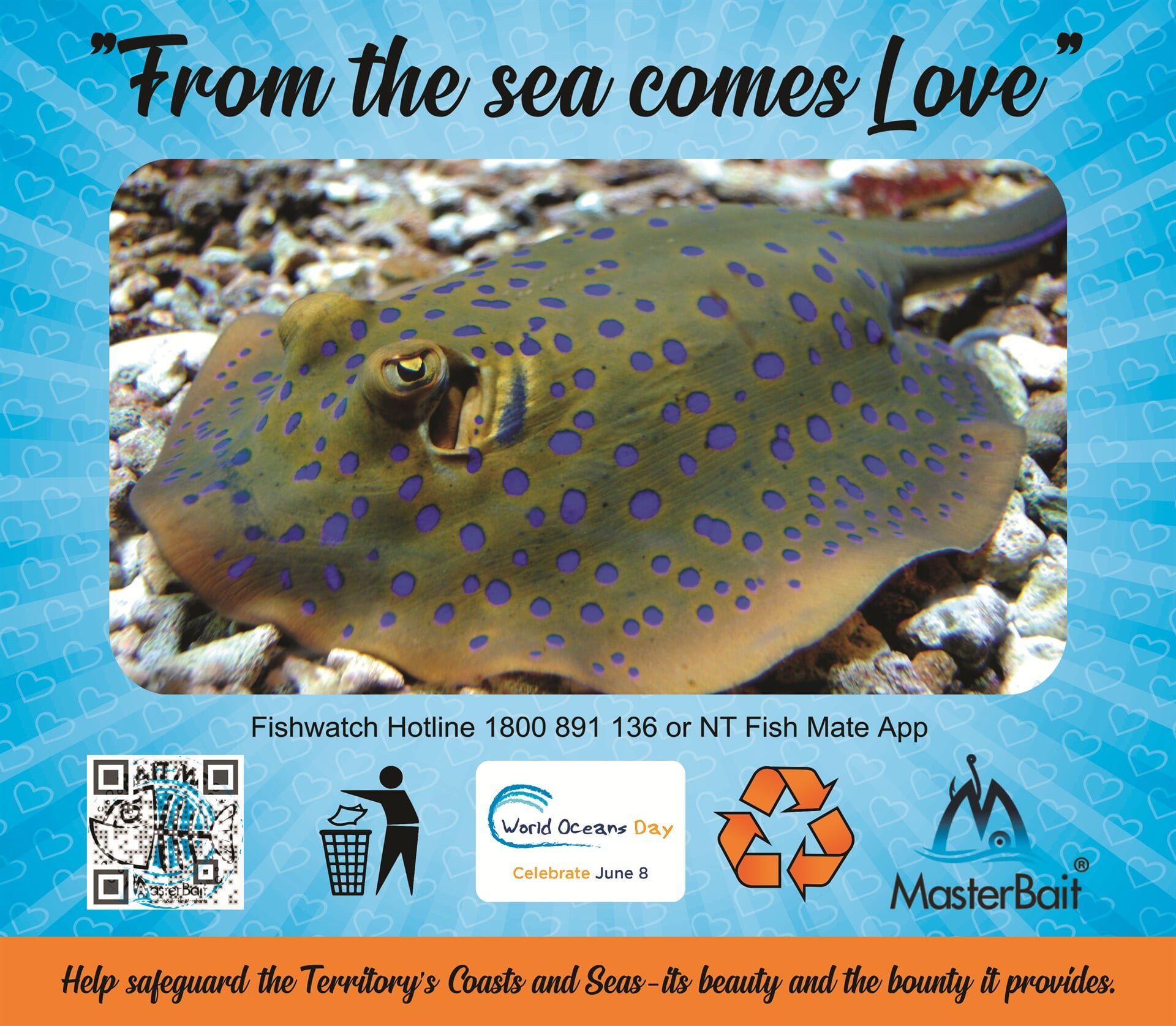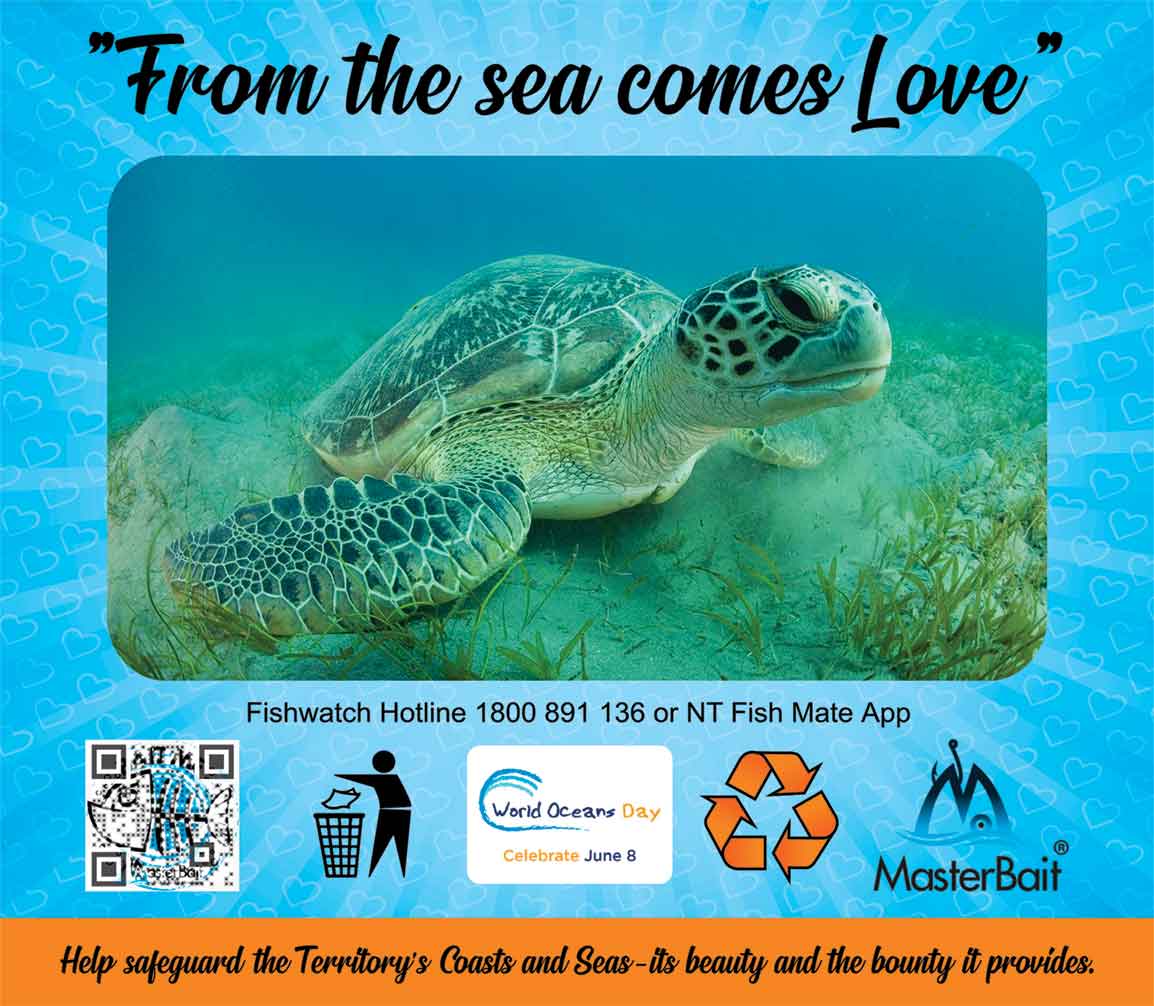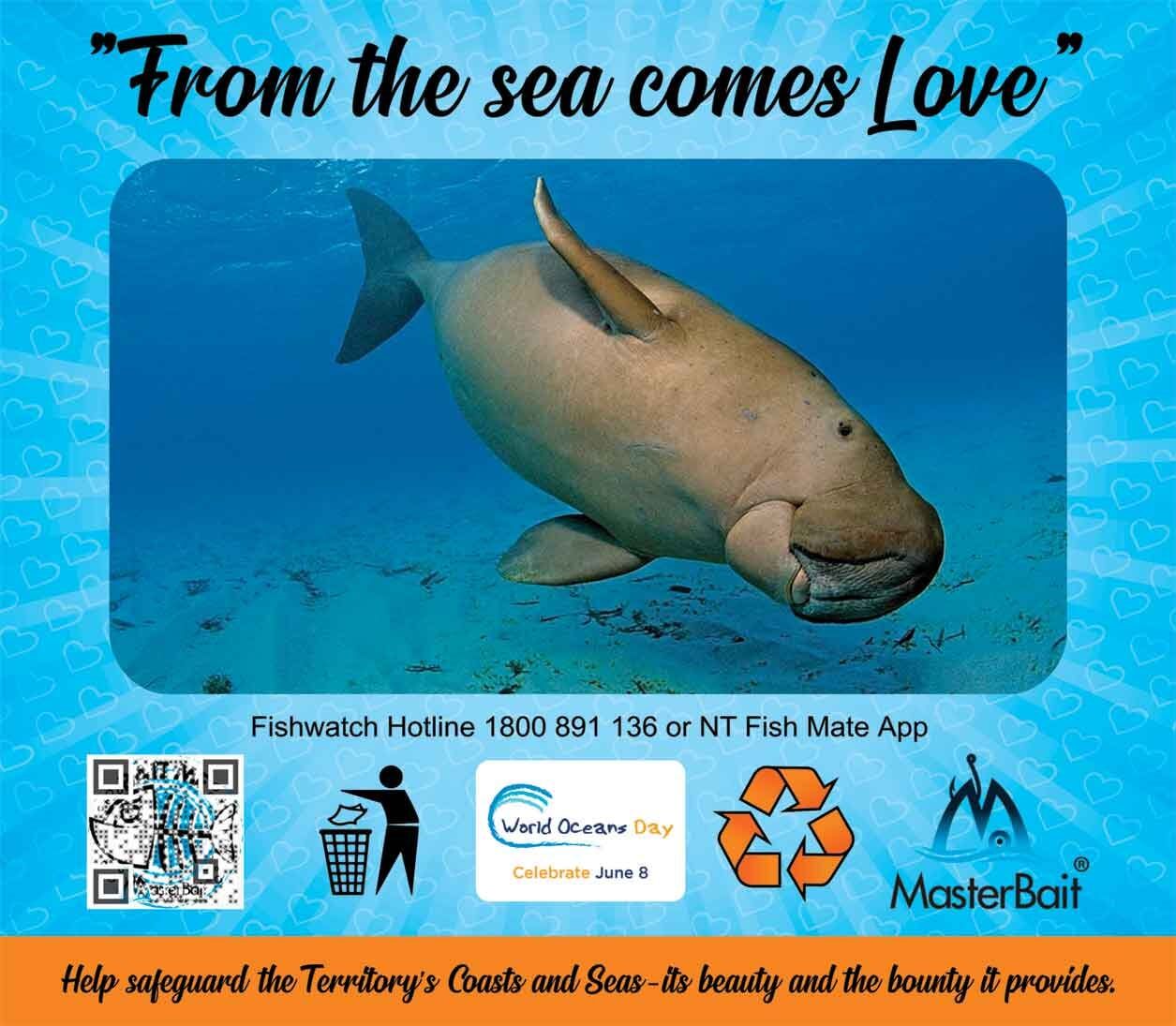BIODIVERSITY NORTHERN TERRITORY
Creating awareness on safeguarding the Territory Coasts and Seas (its beauty and the bounty it provides).

Biodiversity – Its Everyone’s Business

Contribute - In Your Own Way

Build - Knowledge and Understanding

Charter – A New Course
BUILDING KNOWLEDGE & UNDERSTANDING – IS THE KEY TO SUPPORTING A HEALTHY MARINE ECO-SYSTEM
THE DOLPHIN
All dolphins are a protected species in Australian waters. Some of our dolphins (e.g.: bottlenose dolphins) are relatively common but other dolphins are unique to Australia and vulnerable to extinction, such as our Snubfin dolphin and Australian humpback dolphin.
Australia's extensive coastline provides a wide range of aquatic habitats. Consequently, at least 45 species of whales, dolphins and porpoises are found in Australian waters including 10 large whales, 20 smaller whales, 14 dolphins and one porpoise. Some of these species are permanent residents in Australian waters, whilst others are occasional visitors, migrating from their summer feeding grounds in the Antarctic to the warmer waters of the Australian coast during the winter. Under the Environment Protection and Biodiversity Conservation Act 1999 ( EPBC Act) all cetaceans (whales, dolphins and porpoises) are protected in Australian waters.
Did you know
100,000 turtles and marine mammals, such as dolphins, whales, and seals, are killed by plastic marine litter every year around the world.
THE BLUE SPOTTED RIBBON TAIL RAY
Is a small colourful
stingray that is easily recognised by the large electric blue spots on the body and pair of blue stripes along the tail. They have large protruding eyes, and
venomous spines positioned well back on the tail that may produce a very painful sting. The main predators of the stingrays are sharks, seals, sea lions and large species of carnivorous fish along with humans. Found from the intertidal zone to a depth of 30m, this species inhabits tropical waters and coral reef-associated habitats.
THE BARRAMUNDI COD
Is pale grey in colour with black spots all over its body and fins; shaped with a small head and humped back it is similar in shape to
barramundi.
A protected species they are generally found in the waters off the Northern Australian coast and as far as Western Australia. They are known to eat nekton, organisms that can swim against currents; and enjoy eating finfishes, squid, cuttle fish, and bony fish.
THE GREEN TURTLE
A large sea turtle: the Green turtles are in fact named for the
greenish colour of their cartilage and fat, not their shells. Adult green sea turtles are herbivores and they enjoy chewing of seagrass and algae which is their primary food source. Juvenile green sea turtles are omnivores and eat a wide variety of plant and animal life, including insects, crustaceans, seagrasses, and worms.
Classified as endangered, green turtles are threatened by overharvesting of their eggs, hunting of adults, being caught in fishing gear and loss of nesting beach sites. Pollution such as plastics, discarded fishing gear, petroleum by-products, and other debris harms and kill sea turtles through ingestion and entanglement. In addition, light pollution disrupts nesting behaviour and causes hatchling death by leading them away from the sea.
THE BLUE RINGED OCTOPUS
The octopus is thought to be the most intelligent of all invertebrates. They can change colours, squirt out poison, and exert a force greater than their own body weight.
The Blue Ringed Octopus lives in the shallow waters on rocky reefs in the intertidal and subtidal zones along the Australian coast. When frightened they reveal their blue rings as a warning. But people be warned their toxic saliva (venom) is used to subdue their prey of principally small crabs. But their venom can kill a person!
THE DUGONG
The dugong is a medium-sized marine mammal which inhabits the tropical / shallow coastal waters of northern Australia where seagrass is found.
The IUCN lists the dugong as a
species vulnerable to extinction, while the Convention on International Trade in Endangered Species limits or bans the trade of derived products. Dugongs are threatened by sea grass
habitat loss or degradation because of coastal development or industrial activities that cause water pollution. ... This makes the conservation of their shallow water marine habitat very important. They also often become victims of bycatch, the accidental entanglement in fishing nets.
Manatees have a large, horizontal, paddle-shaped tail with only one lobe, which moves up and down when the animal swims.
Dugongs
have tail flukes with pointed projections, like a whale with a slightly concave trailing edge










 Monday-Sunday 6:00 AM - 7:00 PM
Monday-Sunday 6:00 AM - 7:00 PM
